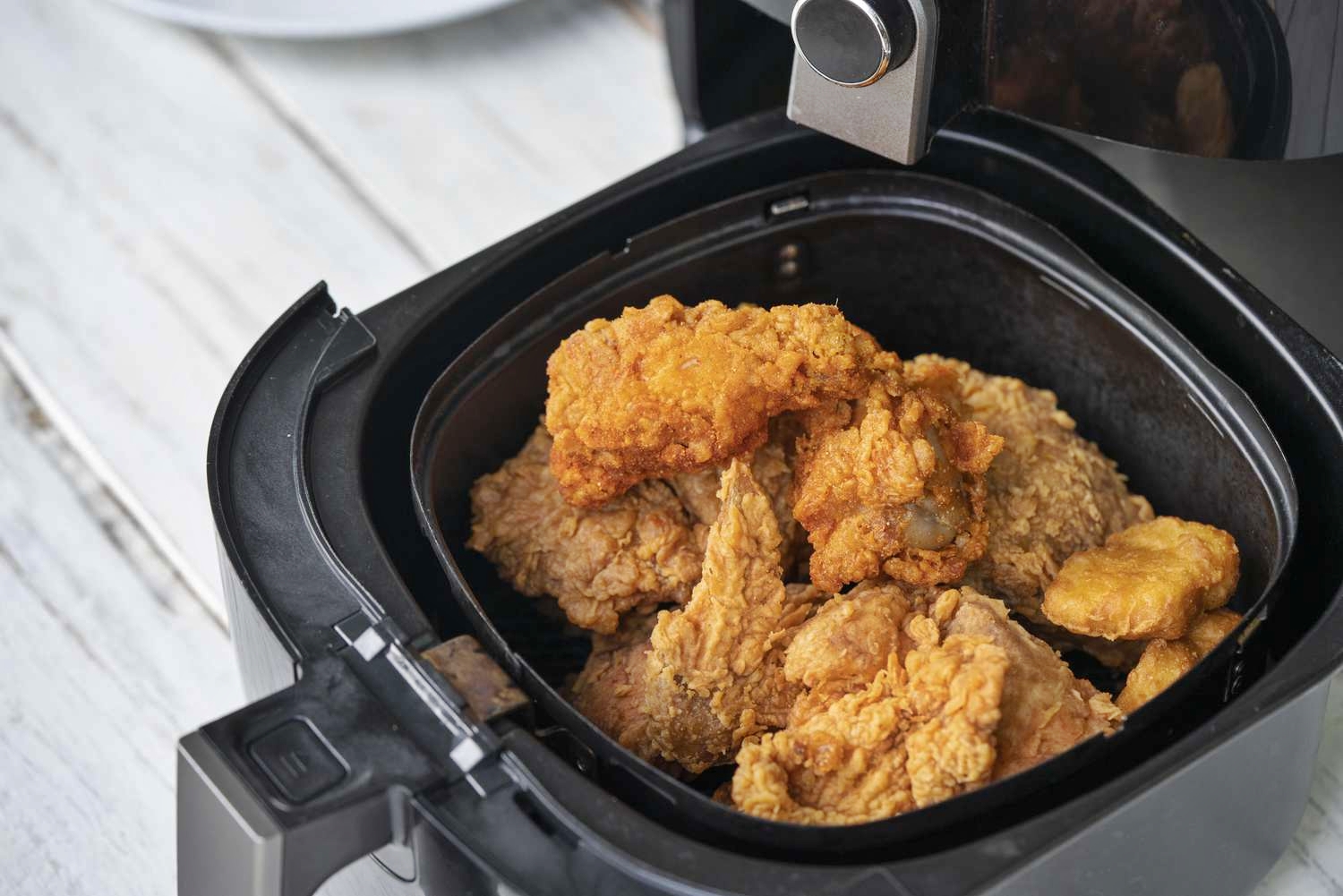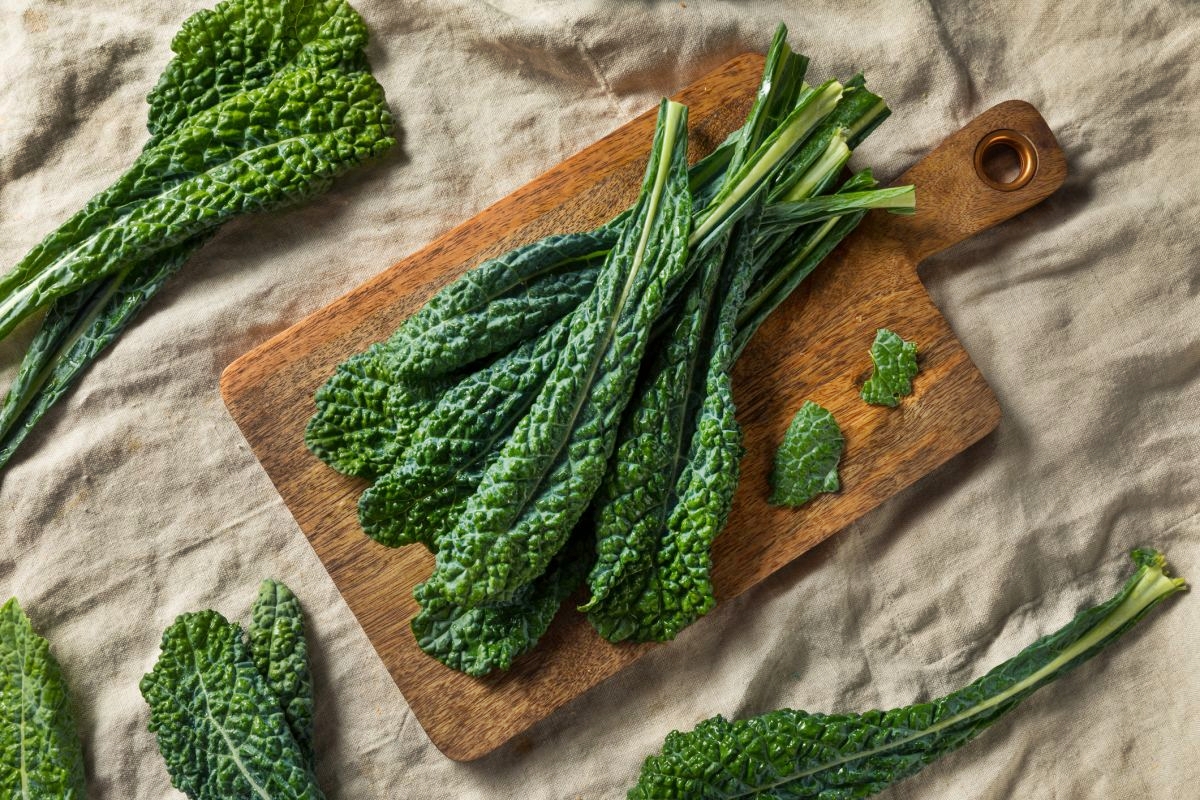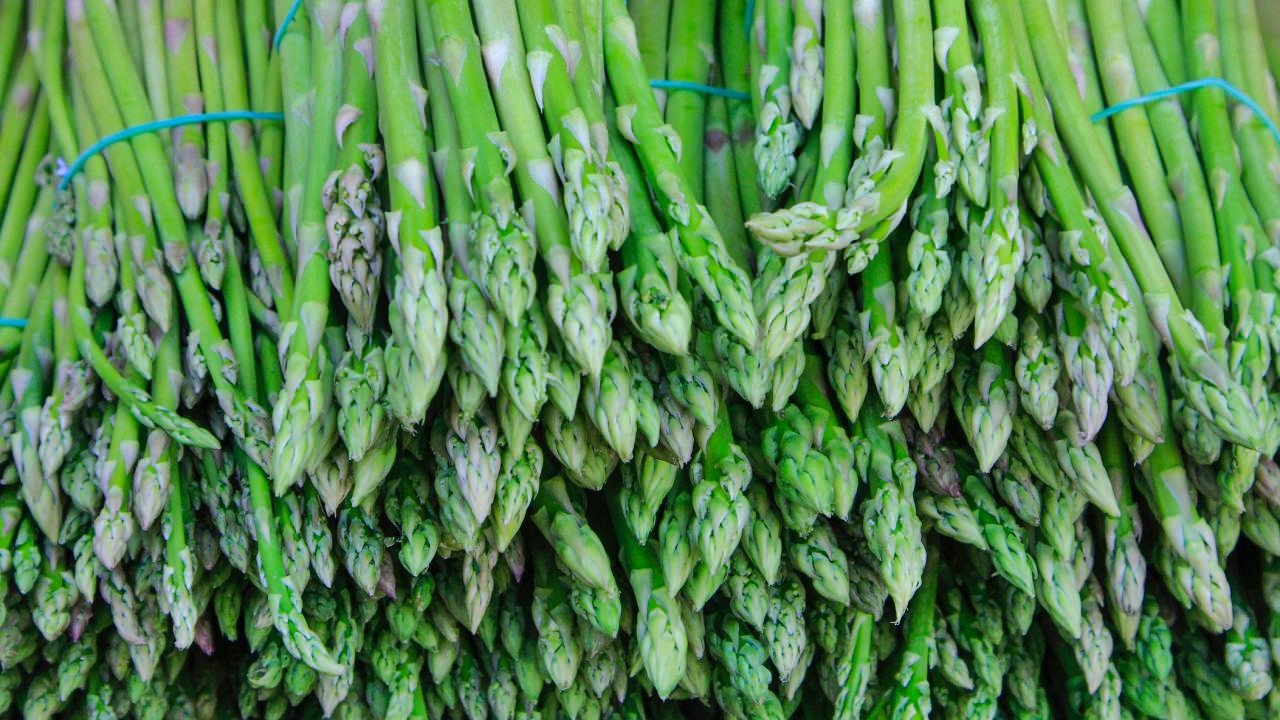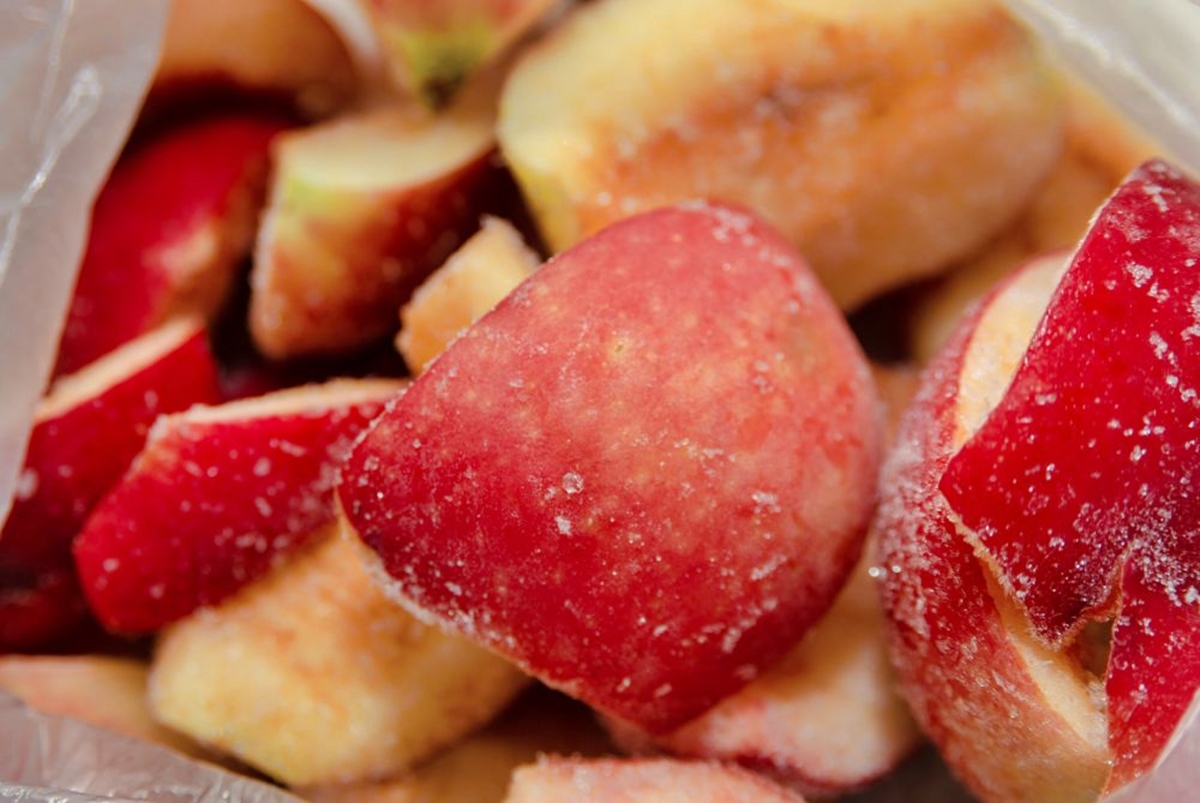10 Different Types Of Mushrooms And Their Uses
Gone are the days when mushrooms were mere toppings on pizzas or an ingredient in creamy soups. Mushrooms have earned their rightful place as a culinary staple, thanks to their unique flavors and impressive health benefits. In this article, we will explore 10 different types of mushrooms and their diverse uses in the kitchen.
1. Portobello Mushroom
Portobello mushrooms, with their large caps and meaty texture, are perfect for grilling or stuffing. They are often used as a savory vegetarian burger patty or as a hearty replacement for steak in sandwiches. Roasting or marinating them brings out their rich and earthy flavors.
2. Shiitake Mushroom
Shiitake mushrooms have a distinct smoky flavor and a slightly chewy texture. These versatile mushrooms are great for stir-fries, soups, and sauces. They can also be used to add depth to vegetarian dishes or sprinkled over salads for an extra umami punch.
3. Chanterelle Mushroom
Known for their golden color and fruity aroma, chanterelle mushrooms are a delicacy in many cuisines. Their delicate texture works well in pasta dishes, risottos, and cream-based sauces. Sautéing them in butter or olive oil brings out their exquisite flavors.
4. Enoki Mushroom
Enoki mushrooms are unique with their long, slender stems and small caps. These mild and slightly fruity mushrooms are often used in Asian cuisine. They can be enjoyed raw in salads, added to soups, or tossed into stir-fries for a crisp and refreshing texture.
5. Oyster Mushroom
Oyster mushrooms have a delicate texture and a flavor reminiscent of seafood. They are a great vegetarian substitute for scallops or shrimp. Sautéed, grilled, or added to stir-fries, oyster mushrooms are versatile and can be used in a variety of dishes.
6. Morel Mushroom
Morel mushrooms are highly prized for their rich and earthy flavor. These wild mushrooms are often used in gourmet preparations, including cream sauces, omelets, and risottos. They pair well with meats like chicken and lamb, enhancing their natural flavors.
7. Cremini Mushroom
Cremini mushrooms, also known as baby portobellos, are a popular choice in many recipes. They have a deeper flavor compared to white button mushrooms and can be used as a replacement in any dish that calls for mushrooms. Sautéed or roasted, they add a robustness to any meal.
8. Porcini Mushroom
Porcini mushrooms have a strong and nutty flavor that intensifies when dried. These mushrooms are a staple in Italian cuisine and are often used in pasta dishes, risottos, and sauces. They can also be used to make a delightful mushroom-infused oil.
9. Maitake Mushroom
Maitake mushrooms, also known as hen-of-the-woods, have a distinctive frilly appearance and a rich, woodsy flavor. They are delicious when sautéed or added to soups and stews. Maitake mushrooms are highly sought after for their potential health benefits and immune-boosting properties.
10. Button Mushroom
Button mushrooms, with their mild flavor and firm texture, are the most widely consumed mushrooms. They can be enjoyed raw in salads, sautéed as a side dish, or added to sauces and stews. These versatile mushrooms complement a variety of flavors and are a pantry staple in many kitchens.
Next time you are faced with an array of mushrooms at the grocery store, don’t be intimidated. Each type of mushroom offers distinct flavors and textures that can elevate your culinary creations. Experiment with these 10 different mushrooms and let your taste buds guide you to new and exciting gastronomic adventures!











